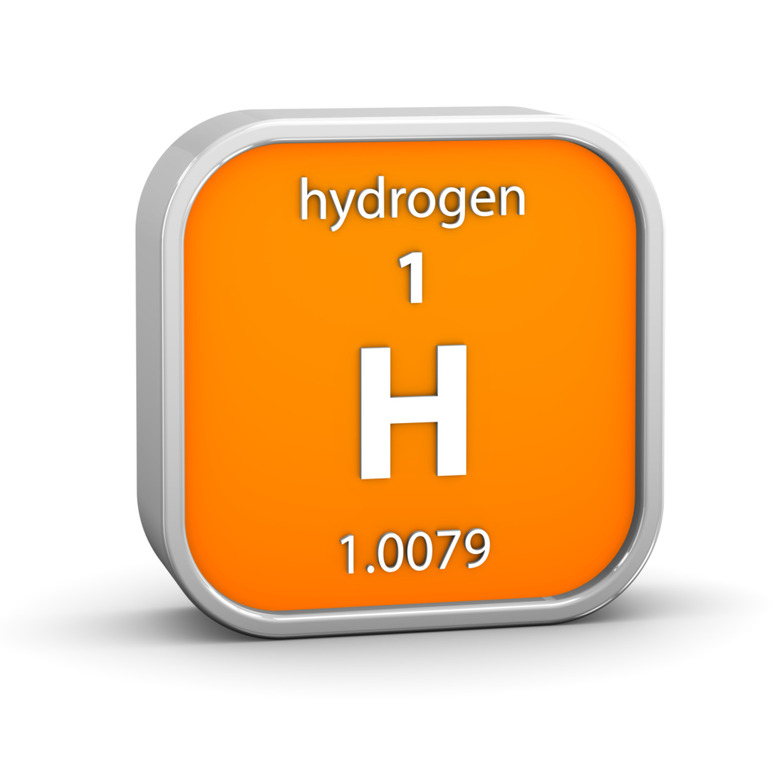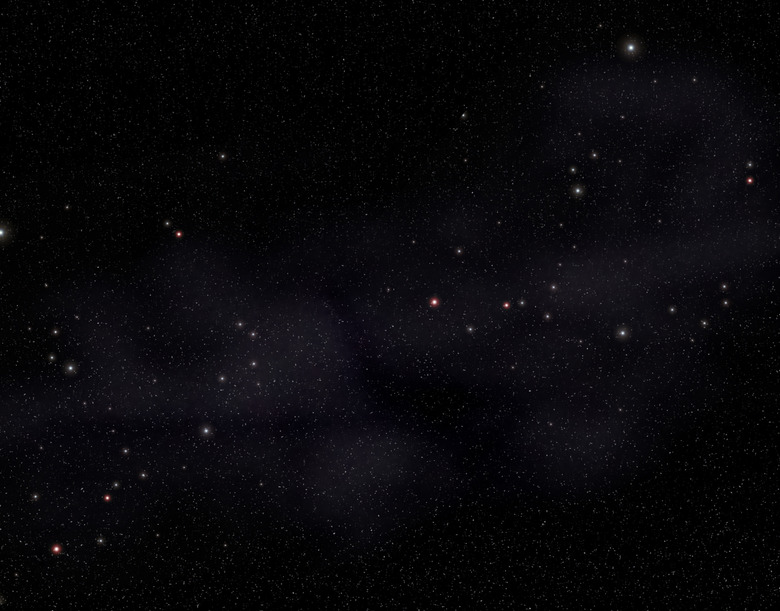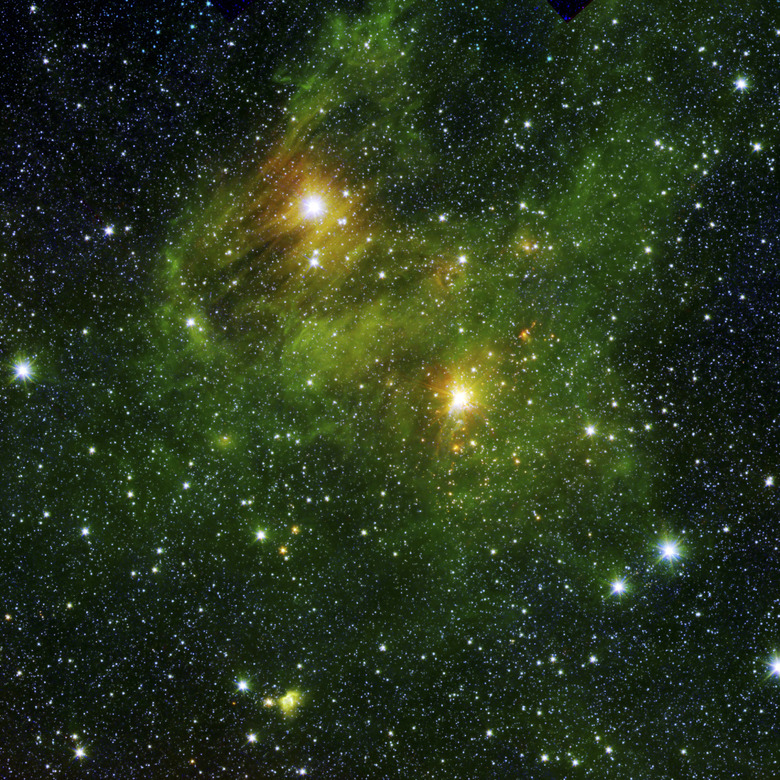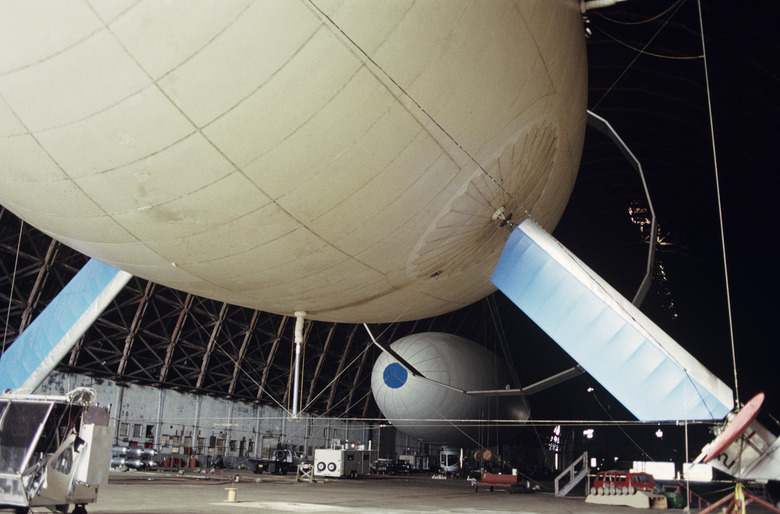Importance Of Hydrogen
It is widely accepted knowledge that the universe, upon its creation, and even now, is mainly composed of hydrogen. This light gas is so common, yet few people know how important it is to our universe and how many great uses it can have in technological applications. Learn about the effect hydrogen has in your daily life.
Hydrogen in Stars
Hydrogen in Stars
Our own sun, as well as trillions of other stars in the universe, fuses hydrogen into helium to produce energy. Its energy is known on Earth as light and heat. However, when the sun runs out of hydrogen, it moves on to use heavier elements, each occasion of fusion resulting in a new element every time. It is strongly believed that organic material could have come from a dead star's matter when it was dispersed into space. If this is true, humans are built of star dust.
Star Birth
Star Birth
Hydrogen plays a very significant role in the birth of stars around nebulae. Vast clouds of hydrogen are needed for stars to be born. Eventually, the hydrogen begins heating up and igniting due to a chain reaction from the collision of atoms. Since there is no gravitational force acting upon the nebulae, it is very likely to take millions of years for the stars to completely form in the void of space. However, it is amazing to think that our sun was born in the same manner.
Hydrogen as Fuel
Hydrogen as Fuel
The invention of vehicles that occupy hydrogen fuel has been phenomenal in developing a clean source of energy. Hydrogen can be used to power vehicles and leave behind no trace of pollution. In fact, if you ever drive a car that is powered by hydrogen, the only by-product of the fuel expense is water. Despite the advantages, most cars powered by hydrogen do not accelerate quickly nor reach high speeds.
Water
Water
You probably know already that water is composed of two hydrogen atoms and one oxygen atom, but what you probably didn't know about water is its violent creation. Hydrogen and oxygen in the same environment creates water in an explosive reaction. The atoms release large amounts of energy to bind into a water molecule. The same kind of reaction is used to propel the Atlas rocket.
Hydrogen in Blimps
Hydrogen in Blimps
Although the use of hydrogen in dirigibles is no longer used, it has been widely known that hydrogen is the lightest gas usable for flight. The Hindenburg incident made people believe that hydrogen was not ideal for dirigible flight because of its high flammability. However, it was the acetate-aluminum skin that caused the Hindenburg to be engulfed in flames as an electrical charge went through the airship. Dirigibles today use helium instead of hydrogen, which is only the second lightest gas. Still, helium airships with acetate-aluminum skin have also been known to explode with equal intensity.
Cite This Article
MLA
Polenin, Mikhail. "Importance Of Hydrogen" sciencing.com, https://www.sciencing.com/importance-hydrogen-5434321/. 24 April 2017.
APA
Polenin, Mikhail. (2017, April 24). Importance Of Hydrogen. sciencing.com. Retrieved from https://www.sciencing.com/importance-hydrogen-5434321/
Chicago
Polenin, Mikhail. Importance Of Hydrogen last modified March 24, 2022. https://www.sciencing.com/importance-hydrogen-5434321/





